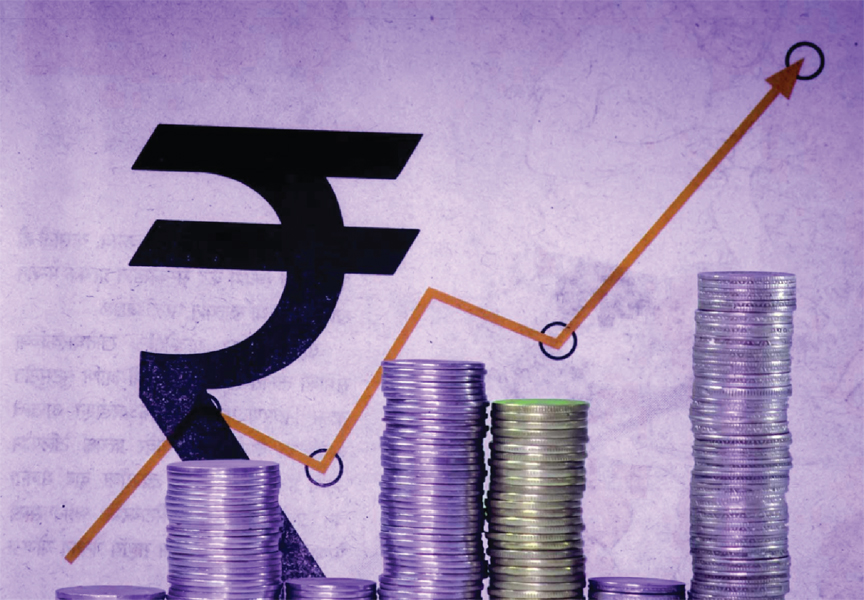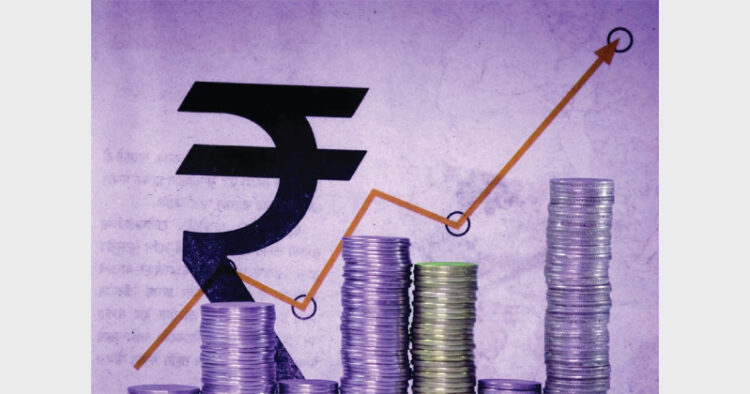 The analyst take stock of economic performance of NDA Government as it crosses its halfway mark of its tenure
The analyst take stock of economic performance of NDA Government as it crosses its halfway mark of its tenure
Shshank Saurav
Pre-budget consultations have been initiated by the Finance Ministry and this year budget has its own importance because it would be presented in the shadow of demonetisation and Goods and Services Tax (GST) is expected to see the light of the day from next fiscal. Meanwhile, NDA government completed its halfway mark in November and it was an appropriate time to take stock of the expectations and achievements so far.
Keeping aside benefits coming out of demonetisation exercise, inarguably it’s an economic disruption which will impact the business in a short term and RBI has revised the GDP growth estimates after considering this aspect. Though GDP numbers are not the barometer of the economy, it is one of the prime indicators of the economy and we have to choose other benchmarks also for comparison. Most importantly we have to understand the legacy of the UPA and NDA regime to have an objective assessment of their performance. On a comparative assessment, it appears that UPA I got a flourishing economy in legacy while indicators suggest that economy was in a sluggish mode when NDA II assumed power and the government has managed to bring inflation down to a reasonable level along with increasing the growth (Refer table 1).
Some analysists have raised their concern over the change of base year from 2004-05 to 2011-12 but it is a continuous phenomenon and developed nations like the UK revise the base year after every five years. Data released by MOSPI (refer table 3) clearly shows that our GDP is increasing on YoY basis and even if the argument of changing the base year is considered for a while then revised GDP growth for FY 2013-14 was 6.9 per cent while it is 7.56 per cent for FY 2015-16 on same parameters.
Apart from GDP there are also some widely accepted performance indicators to assess the economic scenario of any economy. Let’s look at them to have an understanding of the claims made by the government and counter-voices.
1. Export-Import (i.e. foreign trade) : Both exports and imports have declined over the past two years but it would be improper to draw a conclusion merely on the basis of overall numbers. As per the details available with Ministry of Commerce & Industry (refer table 2), there was a significant decline in import in FY 2013-14 while import of petroleum products remained same in that year. If the impact of the decrease in import of petroleum is neutralised in FY 2014-15 then there was an increase in import. Decrease in import for FY 2015-16 is largely attributed to the decrease in petroleum products import and therefore the concern put forward by many analysists is not supported by data.
Similarly, if the impact of the decrease in export of petroleum is neutralised in FY 2014-15 then there was an increase in export. Almost 55 per cent of decrease in export for FY 2015-16 is attributed to the decrease in export of petroleum products and remaining is on account of global factors which have caused a decrease in iron & steel, ships/boats etc. It must be noted that the export is dependent on global economy also and conditions are such that Tata Steel was planning to sell its UK assets due to decline in demand. Moreover export has increased in the month of June and balance of trade situation has improved continuously over the years. One has to analyse commodity wise import-export trend and mere analysis of overall import-export numbers is bound to give misleading results. It is pertinent to note that export and import for half year ending September’16, import would decline further while exports will remain almost stagnant at FY 2016 level.
2. Fixed Capital Formation : Gross Fixed Capital Formation (GFCF) is a measure of new value added which has been invested in the economy for further production. GFCF is increasing in absolute terms and the decline in GFCF as percentage of GDP is bound to happen when size of GDP grows.
However this point needs some attention since GFCF as percentage of GDP has gone below the psychological level of 30 percentage (GFCF at current prices). Government has already spent half of its tenure and any new investment will take substantial time to yield the results and therefore more focus should be on the ongoing projects & schemes where results can be visible in near future.
3. Other key indicators : There are various other indicators of the economy which indicates that the Indian economy is doing far better under NDA II as compared to UPA regime (refer table 4).
FDI inflows in the current financial year are also on a similar trend and overall FDI inflow is 29,016 million USD for the six months ending September’16 in which 21,624 million USD was towards equity investment. India is a capital scarce country and we need foreign investment to mobilise the growth and increase in FDI is a good sign (although sectoral representation by FDI is still a concern as priority sectors & infra sectors are not the major beneficiaries of FDI). Nikkei’s Purchasing Managers Index (PMI) which is used to review the expansion of any particular sector clearly indicates that both manufacturing and service sectors are doing better under NDA regime. The government is able to reduce the inflation and unemployment.
Areas of Concern for Modi Government
A robust banking sector is the backbone of any economy. Banks keep the investment cycle moving which in turn helps in pushing growth and generates employment. Currently, banks are facing the issue of rising NPA as well as shrinking credit. Both of these matters are a serious cause of the concern because a large part of NPA belongs to government-owned banks and a decline in bank loan clearly means that our growth will take a blow. Growth can’t be achieved from investment led by public sector only and private investment is also needed to accelerate the growth rate. Everyone is in wait and watch mode and hope that the decline in credit is temporary which is primarily due to the disruption caused by demonetisation.
Although a period of two and half years is too short for visualising any significant change in a vast economy like India, yet since the government has already crossed its halfway mark, people want to know what all tangible changes have come to their life and this is the area where complacency of elected representatives is costing the government. Forget about the financial data, even the importance & benefits of social welfare schemes launched under the umbrella of JAM trinity (Jan-Dhan, Aadhar, and Mobile) are not reaching to masses. Economists and analysists would continue to take stock of the economic performance but it’s an appropriate time for the government also to carry out self-appraisal and highlight the achievements along with taking corrective and accelerated steps to meet the targeted results.
(The writer is a Chartered Accountant and Anti Money-Laundering Specialist)















Comments